Here we go, primates! If you thought Primeval Labs was done with their insane Ape Sh*t series of supplements, then think again. Today, they're taking things to the MAX.
The brand that brought you EAA Max isn't done maxing out just yet - they've got a stimulant-free nitric oxide booster for you to take solo or stack with any of their other stim-based pre-workouts linked above:
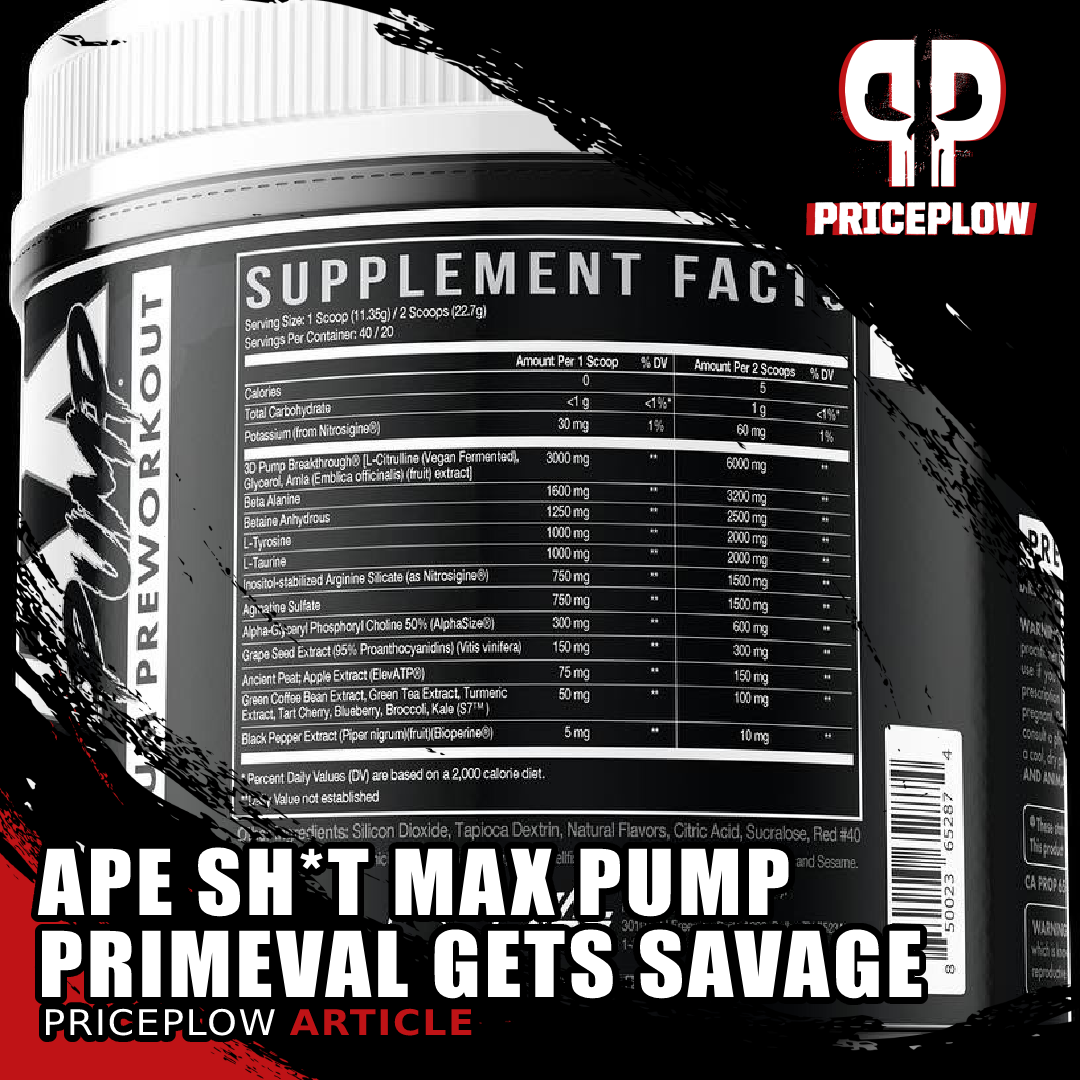
Look at this label! Primeval Labs Ape Sh*t MAX Pump is going all-in on stim-free pumps, focus, and strength!
Ape Sh*t MAX PUMP: Taking patented pumps to the MAX
Primeval Labs Ape Sh*t MAX PUMP is what it says it is - an extreme pump supplement with two patented pump supplements, led by a clinically-tested 1.5 gram dose of Nutrition21's Nitrosigine, paired with the new 3D Pump Breakthrough.
It's not just about Nitrosigine's epic nitric oxide production, though -- inside, we also have the cell volumization and hydration trifecta from glycerol, betaine, and taurine -- three ingredients we love to see together.
That's not all, though - there's some focus boosters in here as well, including large doses of tyrosine and alpha-GPC. It was released alongside the stim-based Primeval Labs Ape Sh*t MAX, which you can stack in to get the energy level you desire!
Get ready for a stim-free pump supplement that has the entire fitness world on watch. But first, let's check availability and our Primeval Labs news alerts, because if there's Ape Sh*t MAX PUMP here... you can rest assured that there may be an Ape Sh*t MAX coming too:
Primeval Labs Ape Sh*t MAX Pump – Deals and Price Drop Alerts
Get Price Alerts
No spam, no scams.
Disclosure: PricePlow relies on pricing from stores with which we have a business relationship. We work hard to keep pricing current, but you may find a better offer.
Posts are sponsored in part by the retailers and/or brands listed on this page.
This area is reserved for Team PricePlow's upcoming Product Comparison video.
Subscribe to our channel and sign up for notifications so you catch it when it goes live!
Ape Sh*t MAX PUMP Ingredients
Ape Shit MAX PUMP can be taken in single scoop doses, but is designed to be double-scooped if you really want to get after it and are chasing clinical doses. For most people, the choice of dose will depend on the stack - if you're already taking a pre-workout, you may only need one scoop... but if you're using this solo, two scoops is likely the way to go - especially to get that clinical 1.5 grams of Nitrosigine we love!
In a 2 scoop serving of Ape Sh*t MAX PUMP, you get the following:
-
3D Pump Breakthrough [L-Citrulline (Vegan Fermented, Glycerol, Amla (Emblica officinalis) (fruit) extract] – 6,000 mg
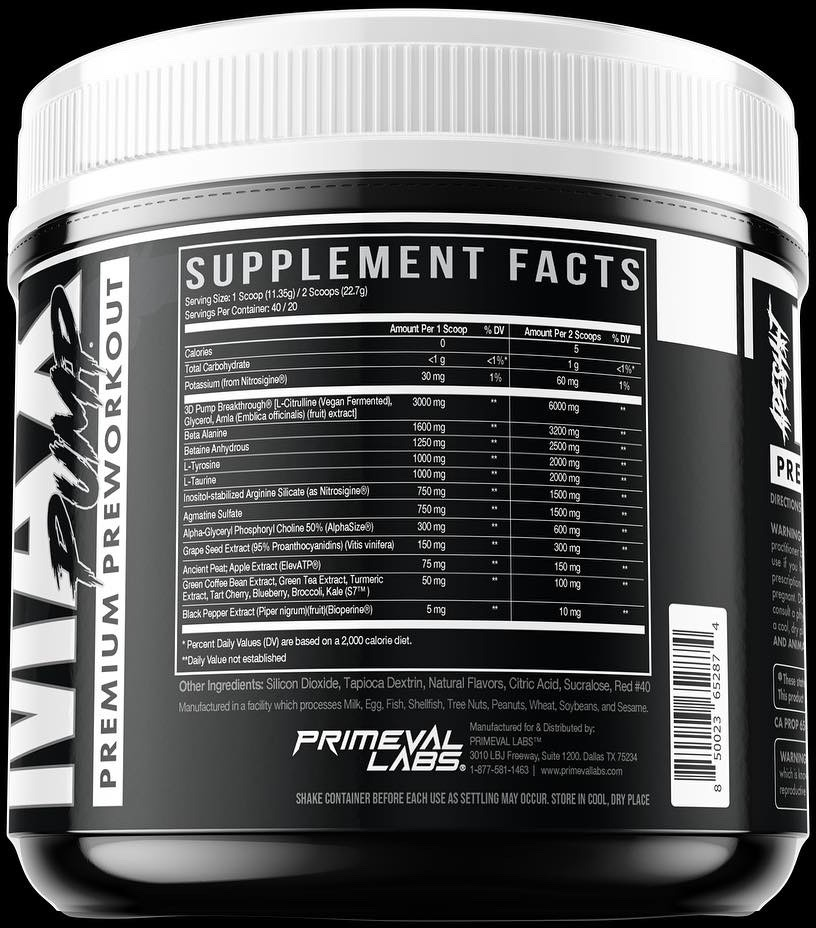
With one look at the Primeval Labs Ape Sh*t Max Pump label, and you basically know it's going to be a good one
3D Pump Breakthrough is a patented performance blend consisting of L-Citrulline, glycerol, and Amla fruit extract.
Because it's capable of increasing nitric oxide production (L-citrulline), blood flow (amla), and cellular hydration (glycerol) all at the same time, a sizable dose of 3D Pump Breakthrough can definitely give you a noticeable boost in your athletic performance and your pumps.
Pilot Study
The patent for 3D Pump Breakthrough cites a pilot study that reveals a bit about how this ingredient works and what makes it special.[1]
Scientists conducted this study in resistance-trained men averaging 28 years old. The sample size was relatively small, but the study used a repeating design that enabled the participants to serve as their own controls.[1] They did the exact same workout on four different days, taking one of four different treatments:
- Water (the placebo control)
- 1.5 grams of glycerol
- 150 milligrams of amla fruit extract
- 1.35 grams of glycerol and 150 milligrams of amla fruit extract
The study workout consisted of leg exercises: 3 sets of leg extensions and weighted goblet squats, for 10-12 reps in each set, with 1 minute of rest between sets. The participants also rested for 2 minutes between exercises.
All the training sessions were followed up by DEXA scans that researchers used to measure the thigh circumference of each subject, which was taken as an index of cellular hydration.
Although increases in leg size and lean body mass were observed following each treatment, the combination of glycerol and amla did better than the other three. This treatment increased the subjects' thigh circumference by 2.21 centimeters, and their lean body mass by 693.1 grams. Compare this to the placebo treatment, which increased thigh circumference by only 1.12 cm and lean body mass by 30.4 grams.[1]
One important thing to note about this study was that the group who got amla only did better than the group that got glycerol only. Given that glycerol is a well-established mainstay ingredient for cellular hydration, that says a lot about the efficacy of amla. So let's start there in our breakdown:
-
What is Amla and how does it work?
Amla, whose scientific name is Phyllanthus emblica, has been known to Ayurvedic medicine for thousands of years.[2] It was traditionally used to promote good circulation and enhance cardiovascular health, and as usual, recent scientific research has corroborated the ancient wisdom. Evidence is mounting that the particular blend of antioxidants in amla can significantly improve endothelial function while reducing platelet aggregation.[3]
There isn't a whole lot of research on amla's potential benefits for athletic performance, but generally speaking, supplements that benefit circulation and overall cardiovascular function tend to be good in pre workout supplements. That seems to be true in amla's case!
Low molecular weight tannins and cellular energy
Any potent botanical extract ingredient is standardized for a particular bioactive constituent in order to ensure a consistent level of efficacy from batch to batch. When it comes to 3D Pump's amla extract, the standardization is for at least 68% low molecular weight tannins (LMWTs) by weight.
This category includes the tannins emblicanin-A, emblicanin-B, punigluconin, and pedunculagin.[4] When ingested, these tannins are metabolized into urolithins A, B, C and D,[5] which have documented benefits for mitochondrial function.[6]
Because we harp on this so much, regular readers of the PricePlow blog will already know that the ability of one's mitochondria to produce adenosine triphosphate (ATP), the basic unit of cellular energy, is closely tied to physical performance and general health.[7,8] Additionally, urolithin B seems to have some anabolic effects.[9]
Amla extracts as a whole may even have nootropic properties,[10] sweetening the pot even more.
-
L-Citrulline
The amino acid citrulline is a precursor to arginine, another amino that in turn is a precursor to nitric oxide (NO). Supplementing with citrulline has consistently been shown to increase the body's production of NO,[11] owing to the ability of its metabolite arginine to upregulate nitric oxide synthase,[12] the enzyme that creates NO for endothelial cells.
The Arginine Biosynthesis System. Image courtesy Wikimedia, with our red edits demonstrating the arginine citrulline cycle at the top-right
Naively, you might think that supplementing with arginine itself would be a more efficient strategy for increasing NO, but for reasons that are beyond the scope of this section, it turns out that citrulline is better than arginine.[13-15]
If you're really curious about arginine vs. citrulline, keep reading – we will go into detail in the Nitrosigine section below.
Increased NO production is great on a number of levels, because NO triggers vasodilation, a phenomenon where blood vessels expand in diameter to permit more blood flow. When it comes to athletics, better circulation means better performance[16,17] and faster recovery.[18]
Citrulline-specific studies have consistently found that supplementation with citrulline confers the benefits we'd expect from higher levels of NO.[19-21] A 2020 meta-analysis of 13 different studies found that citrulline can reduce perceived exertion during exercise and reduce soreness following exercise.[22]
One thing to note about the citrulline meta-analysis is that the dose typically used in the studies under review was 8 grams of citrulline malate,[22] so if you want to maximize the effectiveness of the citrulline in MAX PUMP, you should probably opt for the 2 scoop serving size.
-
Glycerol and cellular hydration
Drink up - the osmolyte glycerol can increase the body's total water volume,[23] leading to a state called hyperhydration[24] wherein improved cellular hydration can increase an individual's athletic endurance and resistance to heat stress.[25-27]
The catch is that in order for glycerol to move water into your cells, you have to drink lots of water along with the glycerol. Otherwise there won't be any water for glycerol to move.
If you want to learn more about glycerol and how it works, check out our long-form article Glycerol: The Ultimate Guide for Hydration, Heat Protection, and Pumps.[28]
New Insights: In 2023, a study delving into the effects of 3DPump has been published. Read about it in our article titled 3DPump Breakthrough STUDY: 6g Takes on 8g L-Citrulline!.
-
Beta Alanine – 3200 mg
The non-essential amino acid beta-alanine is a precursor to carnosine,[29] a dipeptide molecule that can buffer lactic acid within muscle tissue, thus increasing the endurance of the muscle. The reason this works is that the accumulation of lactic acid in muscles is what produces physical fatigue and, eventually, muscular failure, so anything that prevents this action of lactic acid will have the effect of reducing fatigue.
We're interested in section (B) here, where beta alanine alone shows great results compared to placebo.[30]
The research literature on this topic is robust, with two large meta-analyses from 2012 and 2016 both concluding that for any form of exercise between 30 seconds and 10 minutes in duration, beta-alanine does indeed boost exercise capacity (the total volume of work done during an exercise session) in athletes who take it.[30,31]
This effect has earned beta-alanine the designation of ergogenic aid, defined as any substance that increases an athlete's capacity for physical work.
Don't worry - beta-alanine tingles are benign
Beta-alanine can sometimes cause a tingling sensation in those who take it, and although this may feel alarming if you've never experienced it before, it's harmless. A 2019 study concluded that beta-alanine "does not adversely affect those consuming it."[32]
-
Betaine anhydrous – 2500 mg
Betaine, sometimes referred to as trimethylglycine (TMG), is another ergogenic aid like beta-alanine.
However, betaine's ergogenic effects are exerted through a different mechanism: Betaine is a methyl donor. This means that it carries methyl groups to places in the body where they are required for certain metabolic processes.
For example, betaine can reduce homocysteine levels,[33] which is important for optimal cardiovascular health and function.
The placebo effect was definitely strong with this group. But... the real gains obliterated placebo in due time![34] This is just one of many ingredients here that has these types of effects
Betaine is also an osmolyte, like glycerol, and helps fill your cells with water and nutrients. This optimizes cellular function and protects cells from heat stress,[34-36] which is an important consideration for anyone doing intense exercise.
The pile of research corroborating betaine's performance benefits is about a mile high,[37-42] but two seminal studies from 2013 and 2014 found that a 2.5 gram daily dose of betaine, taken for six weeks, is capable of increasing lean body mass by 5.3 pounds and decreasing fat mass by 6.4 pounds within that time frame.[34,43] That's a pretty incredible 3% body fat reduction in less than two months.
Note that the clinically-verified 2.5 gram dose of betaine is what you get in 2 scoops of MAX PUMP, so if you want to ensure these benefits, be sure to double-down on that scooper.
-
L-Tyrosine – 2000 mg
Need some stims to stack in? Meet the Apex Predator Pre-Workout: Primeval Labs Ape Sh*t Alpha
Just because it's stimulant-free doesn't mean it's gotta be focus-free. Primeval does what most brands don't do in their pump supplements here - adds feel-good tyrosine.
The essential amino acid l-tyrosine is an important precursor for dopamine, adrenaline, and other neurotransmitters that increase focus and alertness.[44] Raising our levels of these neurotransmitters by supplementing with tyrosine can help jump start our sympathetic nervous system, which is responsible for instigating the famous "fight or flight" response that helps us perform physically.
Tyrosine can help attenuate the problems caused by sleep deprivation, and studies have consistently shown that sleep-deprived individuals who supplement with tyrosine perform better on cognitive tests.[45,46]
-
L-Taurine – 2000 mg
Here we have yet another osmolyte in the form of taurine, a conditionally essential amino acid. Whereas nonessential aminos are those our body can synthesize endogenously and essential aminos are those it can't, the conditionally essential aminos are produced by our bodies in quantities too limited to cover all our metabolic requirements, particularly in times of illness or stress.
Like the other osmolytes we've discussed, taurine can increase athletic endurance.[47] It also reduces oxidative stress, facilitates muscle contractions by improving cellular calcium signaling, and helps metabolize fat.[47-50]
One 2018 meta-analysis found that as little as 1 gram of taurine (the dose contained in 1 scoop of MAX PUMP) is able to immediately increase athletic endurance.[47]
Taurine also has some nootropic effects[49] and increases nitric oxide production,[50] so it's easy to see why taurine is increasingly common in pre workout supplement formulas.
If you opt for the 2 scoop serving of MAX PUMP, you'll get 2 grams of taurine, which the research literature indicates may increase your all-important mitochondrial function.[51]
Rounding out the cell hydration trifecta
We love supplements with the hydration trifecta:
- Glycerol
- Betaine
- Taurine
Ape Sh*t MAX Pump brings all three!
Now it's time to get back to nitric oxide production.
-
Inositol-stabilized Arginine Silicate (as Nitrosigine) – 1500 mg
Nitrosigine is a patented chemical compound consisting of arginine, inositol, and potassium silicate.[52] Known as inositol-stabilized arginine silicate, it's often abbreviated as ASI in scientific research, but we call it Nitrosigine, its trademarked name.
A nitric oxide booster that improves cognition?! Yes - Nutrition21 passed around this helpful infographic after the Nitrosigine cognition study on healthy young adults was published.[53]
Remember what we said in the 3D Pump Breakthrough section about citrulline being better at increasing nitric oxide (NO) levels than standard L-arginine?
The reason is that citrulline is more bioavailable than plain L-arginine, and takes an "end-around" way of generating NO in the kidneys. Arginine is nitric oxide's precursor, but when pure arginine is taken alone, the enzyme arginase breaks down most of it in the stomach before it can be absorbed into the bloodstream where it could actually increase NO production.[54] This is called the first pass effect, and it was the problem that Nitrosigine was designed to solve.
As it turns out, if you bind arginine to potassium silicate and complex it with inositol, the combination of molecules will buffer the arginine, thus sparing it from the first pass effect[55] and allowing much more of the ingested arginine to ultimately enter the bloodstream – in other words, increasing the bioavailability of arginine.[55]
Nitrosigine is both fast-acting and long-lasting, raising NO levels as soon as 30 minutes after being taken and having this effect for up to 6 hours.[56,57]
Besides the usual benefits of NO production, increased athletic performance[58,59] and faster recovery,[59,60] Nitrosigine has also been shown to have some nootropic effects.[53] Specifically, it can prevent the temporary bit significant cognitive impairment that typically follows intense exercise,[61] speed up task switching,[62] and increase energy levels.[56]
Long story short? Better nitric oxide production (leading to great pumps), and less "bonking" after training.
Each year, we're seeing more research come out on Nitrosigine, which solidifies its position as a de-facto top-tier nitric oxide boosting ingredient that we'd expect in any supplement with the words "MAX PUMP" in its name. Alone, it's phenomenal - combined with everything else Primeval Labs is adding here, it's going to be out of this world.
If you're interested in learning more about Nitrosigine and how it works, please read our full-length article Nitrosigine: The Nitric Oxide Booster That Enhances Brain Function. Inside, we also cover some of the recent cognitive-supporting research, linking to detailed articles on those studies.
Given Nutrition21's stance as an industry-leading research company, we expect more to come with time, too.
-
Agmatine Sulfate – 1500 mg
So far we have citrulline and Nitrosigine, both of which increase nitric oxide (NO) production by increasing arginine blood levels.
The arginine metabolite agmatine sulfate attacks the NO problem from the other end of the arginine mechanism – instead of increasing the amount of arginine going into our blood, it inhibits arginase, the enzyme that degrades arginine.[63] In other words, it preserves the arginine we already have, which means it will synergize nicely with both citrulline and Nitrosigine.
However, agmatine has also been shown to stimulate NO production directly by upregulating nitric oxide synthase.[64]
Agmatine also functions as a neurotransmitter with positive effects on mood.[65] We like seeing mood boosters in pre-workout formulas because after all, motivation is an important factor in completing a workout.
-
Alpha-Glyceryl Phosphoryl Choline 50% (AlphaSize) – 600 mg
Focus and strength are added factors in getting killer workouts done, and this dose of alpha-GPC can aid in both. As a highly bioavailable form of choline, alpha-GPC can help increase your levels of acetylcholine, which we often call the "learning neurotransmitter" owing to its crucial role in learning, memory consolidation, and many other cognitive processes.
The research literature indicates that supplemental choline can significantly improve both cognitive and physical performance, and that choline deficiency can cause serious cognitive dysfunction.[66,67]
Choline also helps maintain the integrity of cell membranes,[68] a task of crucial importance for cellular function and health.
600 milligrams: demonstrated strength gains!
Alpha GPC isn't just good for enhancing brain function, it can also deliver some big strength gains (when dosed at 600mg or greater).[69]
A small random, double-blinded study published in 2008 showed that 600 milligrams of AlphaSize alpha-GPC led to increased strength and power in bench press.[70] A follow-up study published in 2016 showed that six days of 600 milligrams of alpha-GPC led to increased force in leg strength (via mid-thigh pull),[69] giving us research on both upper and lower body strength.
Our take is that the success of this ingredient as a strength-boosting agent will come down to choline status in one's diet. If you're not "slonking" eggs on the regular, a full 600 milligram clinical dose of alpha-GPC is a great call.
We like seeing AlphaSize being used instead of generic alpha-GPC because of its high purity compared to generic forms.
-
Grape Seed Extract (95% Proanthocyanidins) (Vitis vinifera) – 300 mg
Grape seed extract (GSE) contains high amounts of proanthocyanidins, a special class of antioxidant with powerful benefits for liver health.
In mice, proanthocyanidins were able to protect the liver from being damaged by a known hepatotoxin by suppressing an enzyme that causes liver steatosis, also known as fatty liver.[71] The mice who took proanthocyanidins didn't get steatosis, unlike mice who got the placebo.[71]
Another study found that proanthocyanidins can upregulate nicotinamide adenine dinucleotide (NAD+) in rats,[72] which is a pretty big deal since NAD+ improves mitochondrial function by upregulating a pro-longevity gene called sirtuin 1.[73]
Proanthocyanidins also seem to upregulate glutathione (GSH) the most powerful antioxidant produced by the human body.[74]
-
Ancient Peat; Apple Extract (ElevATP) – 150 mg
ElevATP is a patented extract blend from peat moss and apples. Early studies show that ElevATP can increase ATP production,[75] which, as we've discussed already, is pretty awesome for health and performance on a number of levels.
The million-dollar question, as always, is whether this extra ATP has practical benefits, and so far the answer seems to be yes. In a 2016 study, researchers found that 150 milligrams of ElevATP, taken daily for eight weeks, significantly increased study participants' one rep max for squats and deadlifts compared to the placebo control.[76] The ElevATP group also had increases in jump velocity and power.[76]
Once again – note that to get 150 milligrams of ElevATP, you need to take 2 scoops of MAX PUMP.
-
Green Coffee Bean Extract, Green Tea Extract, Turmeric Extract, Tart Cherry, Blueberry, Broccoli, Kale (S7) – 100 mg
Forget the days of boring RTD flavors like grape and fruit punch - Primeval Labs really knocked the ready-to-drink pre workout flavors out with Ape Sh*t Untamed RTD!
This proprietary blend of seven different botanical extracts is 3% curcumin, 30% catechins, and 60% polyphenols by weight.
There's a ton to say about each of these ingredients individually, but when it comes to the important of S7 for the MAX PUMP formula, which seems to prioritize boosting nitric oxide (NO) production, we should note that S7 has been shown to increase NO bioavailability by up to 230%.[77]
-
Black Pepper Extract (Piper nigrum) (fruit) (Bioperine) – 10 mg
BioPerine is a bioavailability enhancer, meaning that it can increase the absorption of whatever you take it with.[78] It does this by inhibiting certain stomach enzymes that break down a lot of what we ingest before it can be absorbed into the bloodstream.
In other words, BioPerine is here to make sure you get the most bang for your buck.
Flavors Available
For those of you who don't know, Primeval Labs are known as the flavor kings. They're one of the first companies to make EAAs taste delicious with EAA Max, and with no stimulants to deal with, we're nearly certain Ape Sh*t MAX Pump will be top-notch as well:
Conclusion: The Ape Sh*t series steps it up even further
We were already excited about the entire line of Ape Sh*t supplements from Primeval Labs -- let's go over the entire pre-workout platform:
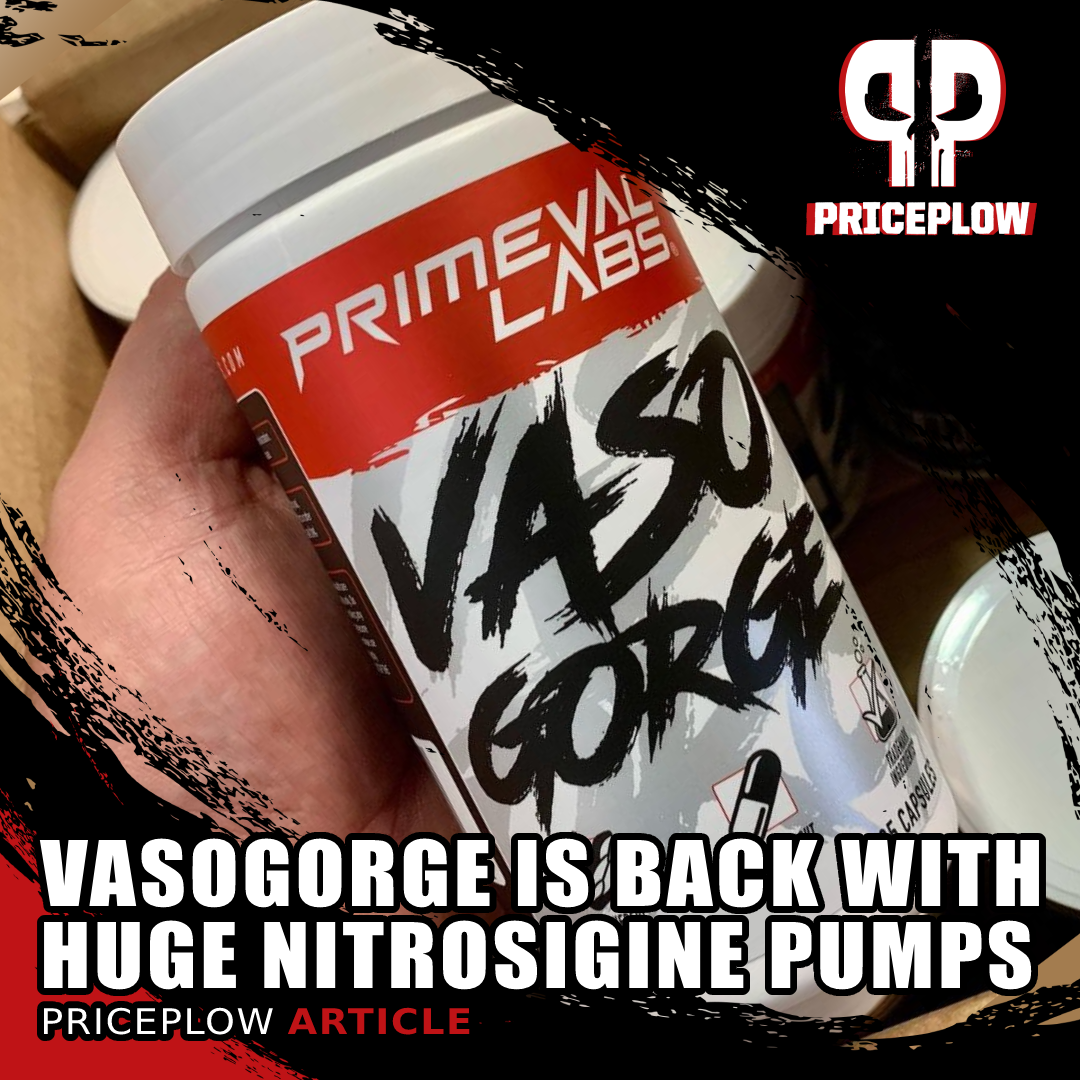
Nitrogisine, the lynchpin ingredient of VasoGorge, is one of our favorite NO boosters. If you don't want to do two scoops of Ape Sh*t MAX Pump, you can sub in a touch of VasoGorge too
- Ape Sh*t Untamed - The original pre-workout
- Ape Sh*t Untamed RTD - Potency in a delicious ready-to-drink bottle
- Ape Sh*t Cutz - Fat burning pre-workout with yohimbe
- Ape Sh*t Alpha - Testosterone-boosting pre-workout
- Ape Sh*t Pumps - The OG pump supplement, bested by MAX PUMP here today
- Ape Sh*t MAX - Coming next, the stim-based complement to MAX PUMP
Additionally, VasoGorge is a capsule-based method to get Nitrosigine in, so you have many ways to boost pumps -- and no excuses not to! Finally, this can all be stacked with Ape Sh*t Test, which is the (currently) only non-pre-workout in the series.
If you couldn't tell, Primeval Labs is serious about this line, and we're not sure if they'll ever be done supporting your apesh*t tendencies in the gym. Biggest question is what stack combination you'll use to achieve total alpha ape supremacy!
Primeval Labs Ape Sh*t MAX Pump – Deals and Price Drop Alerts
Get Price Alerts
No spam, no scams.
Disclosure: PricePlow relies on pricing from stores with which we have a business relationship. We work hard to keep pricing current, but you may find a better offer.
Posts are sponsored in part by the retailers and/or brands listed on this page.
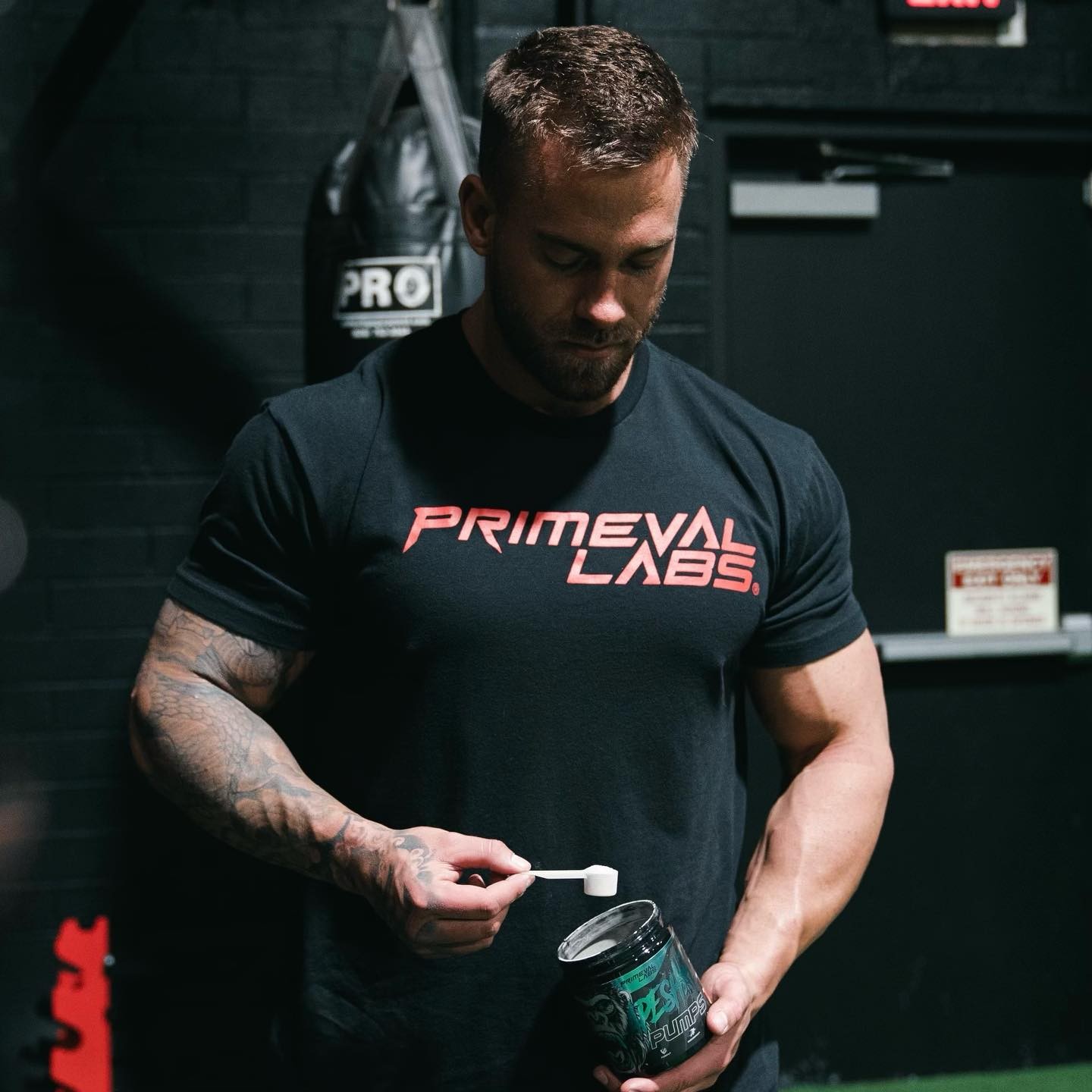


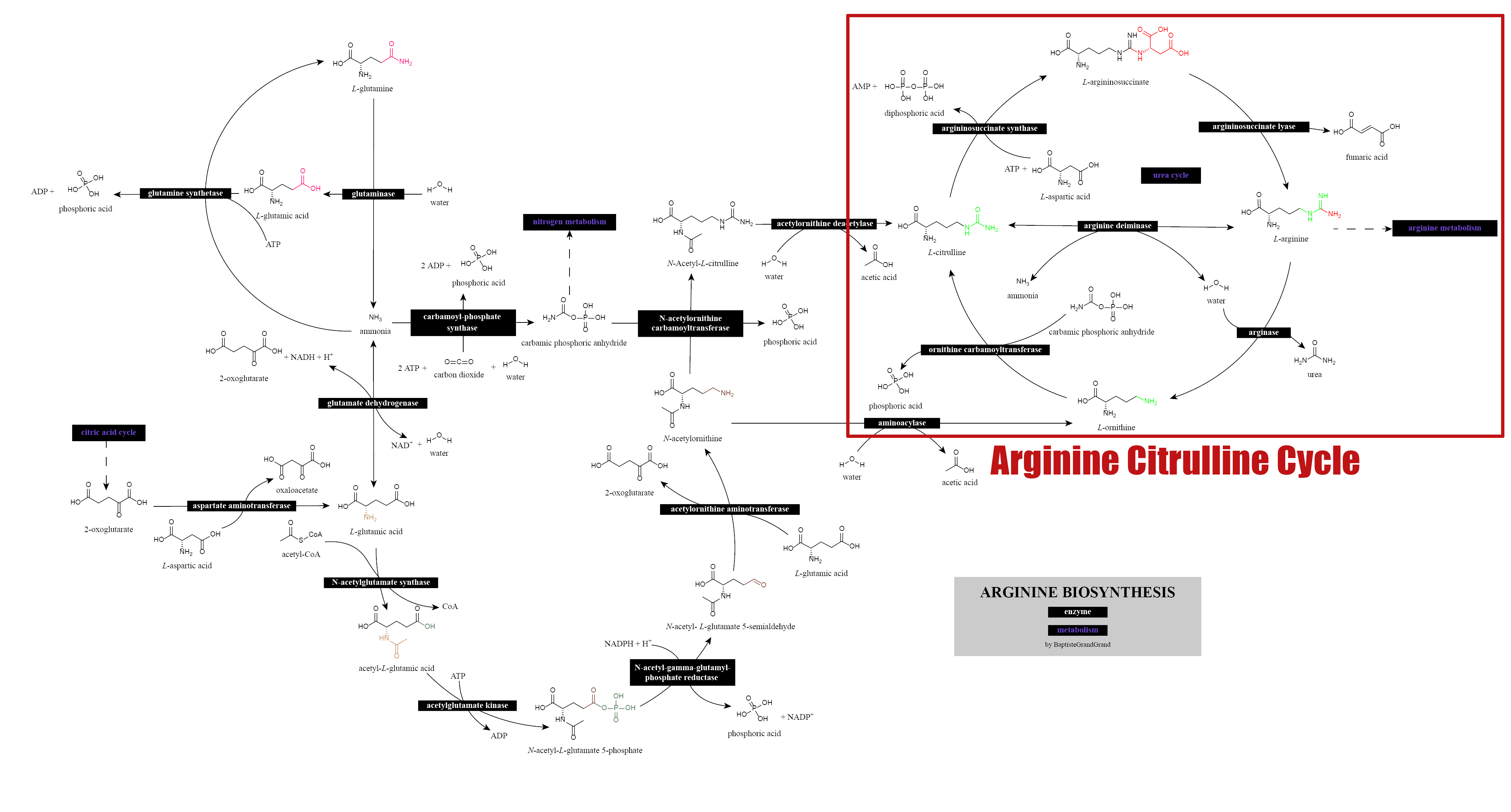
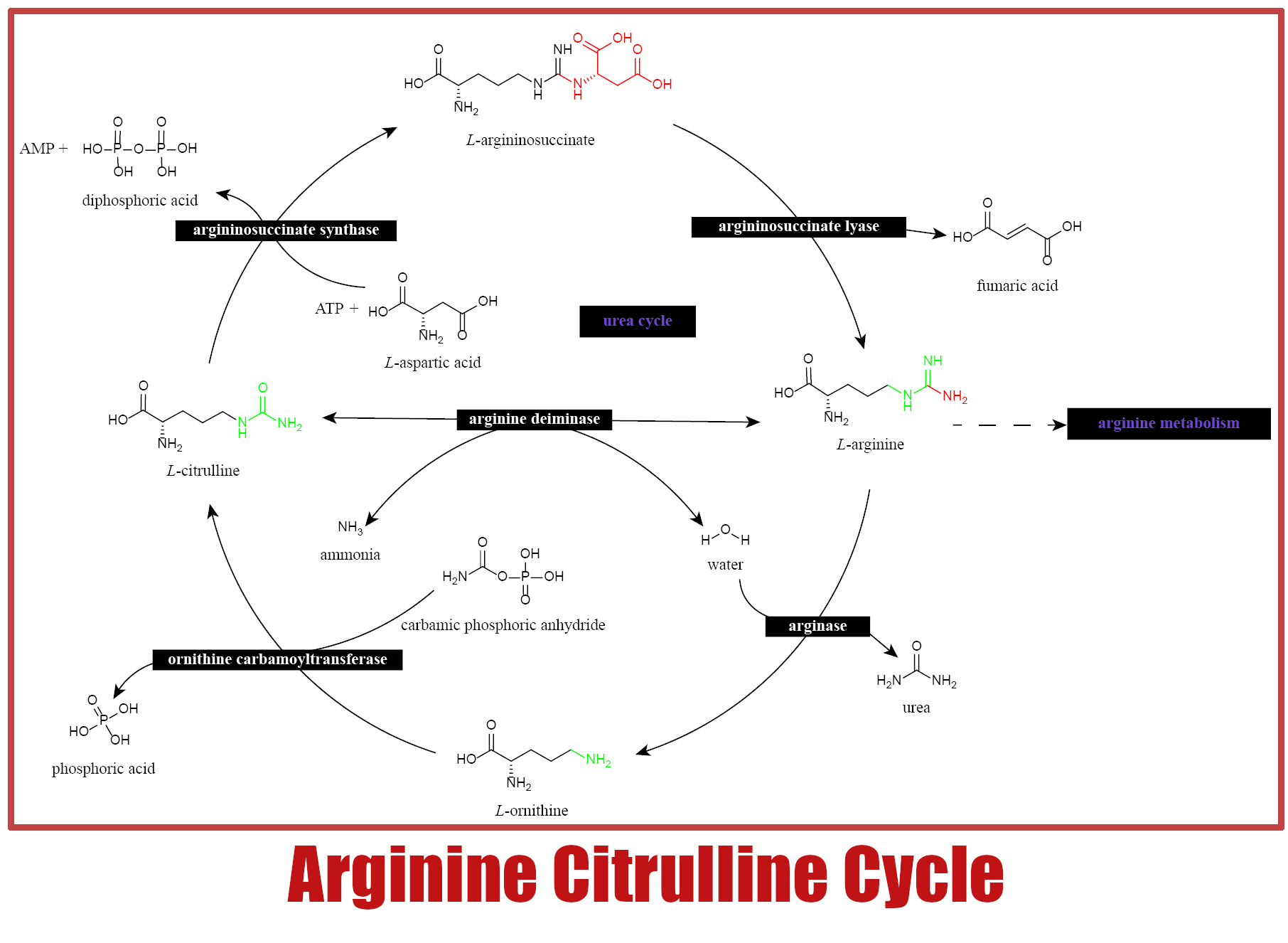
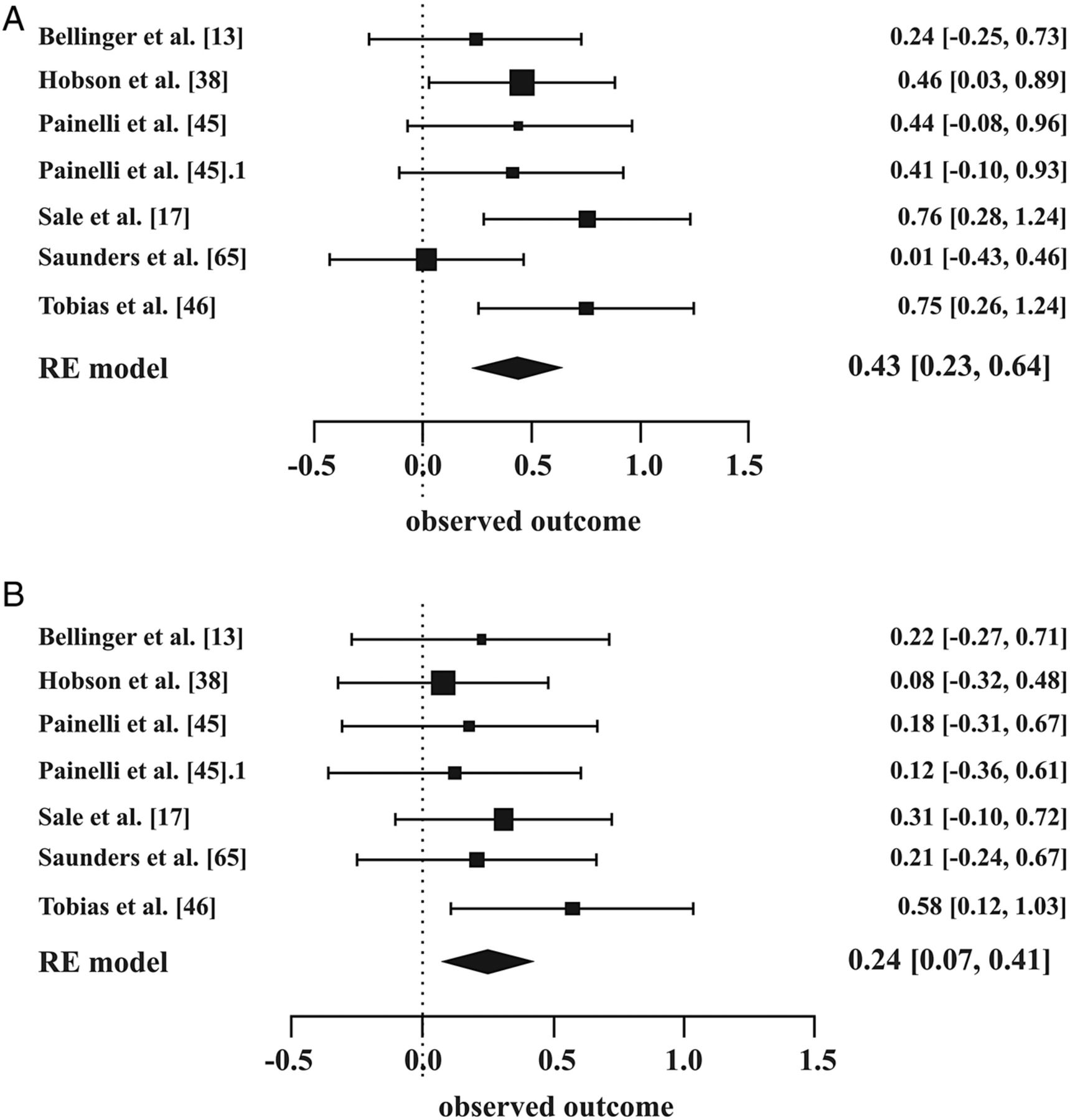
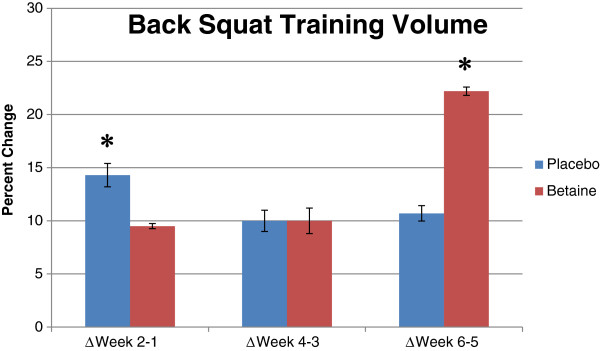
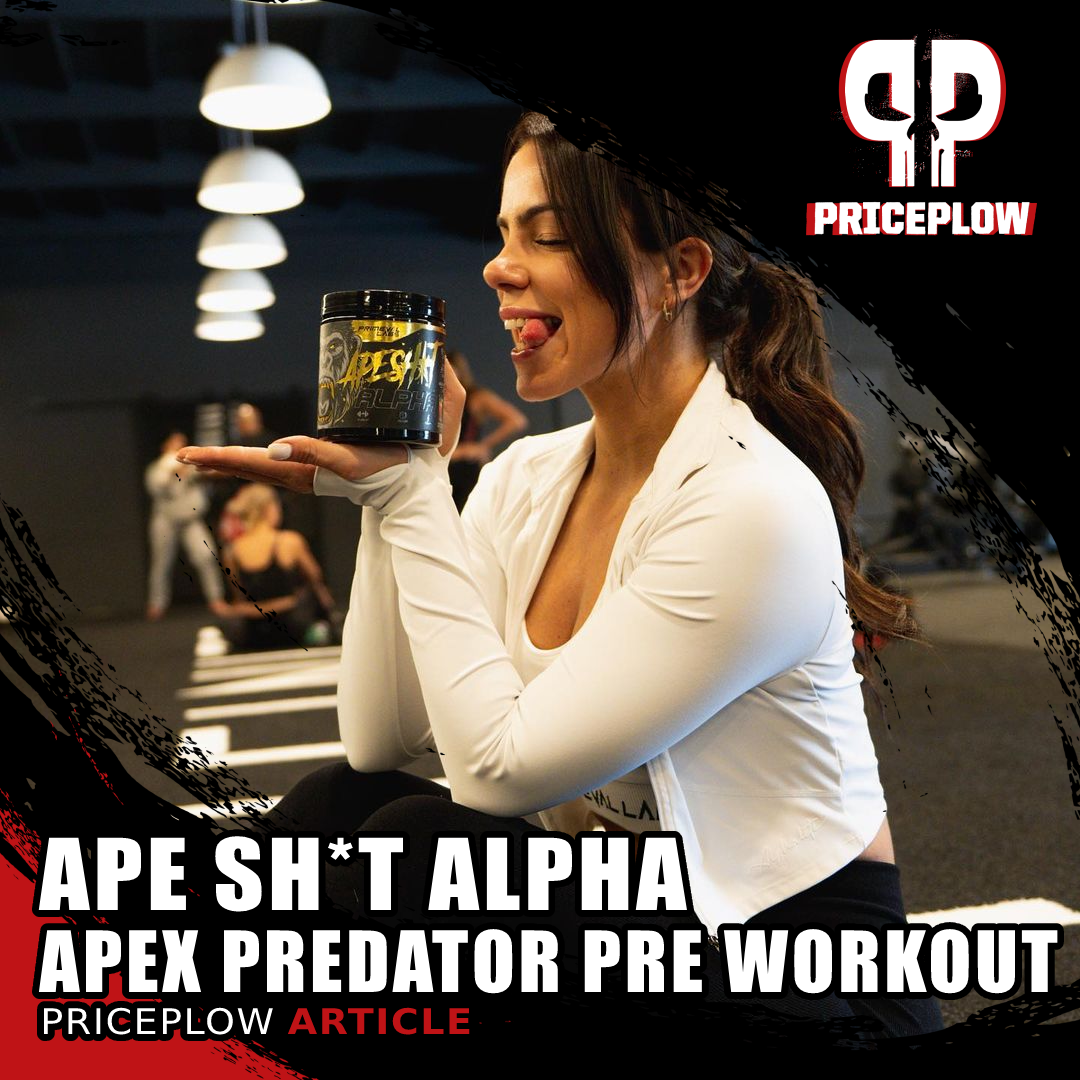

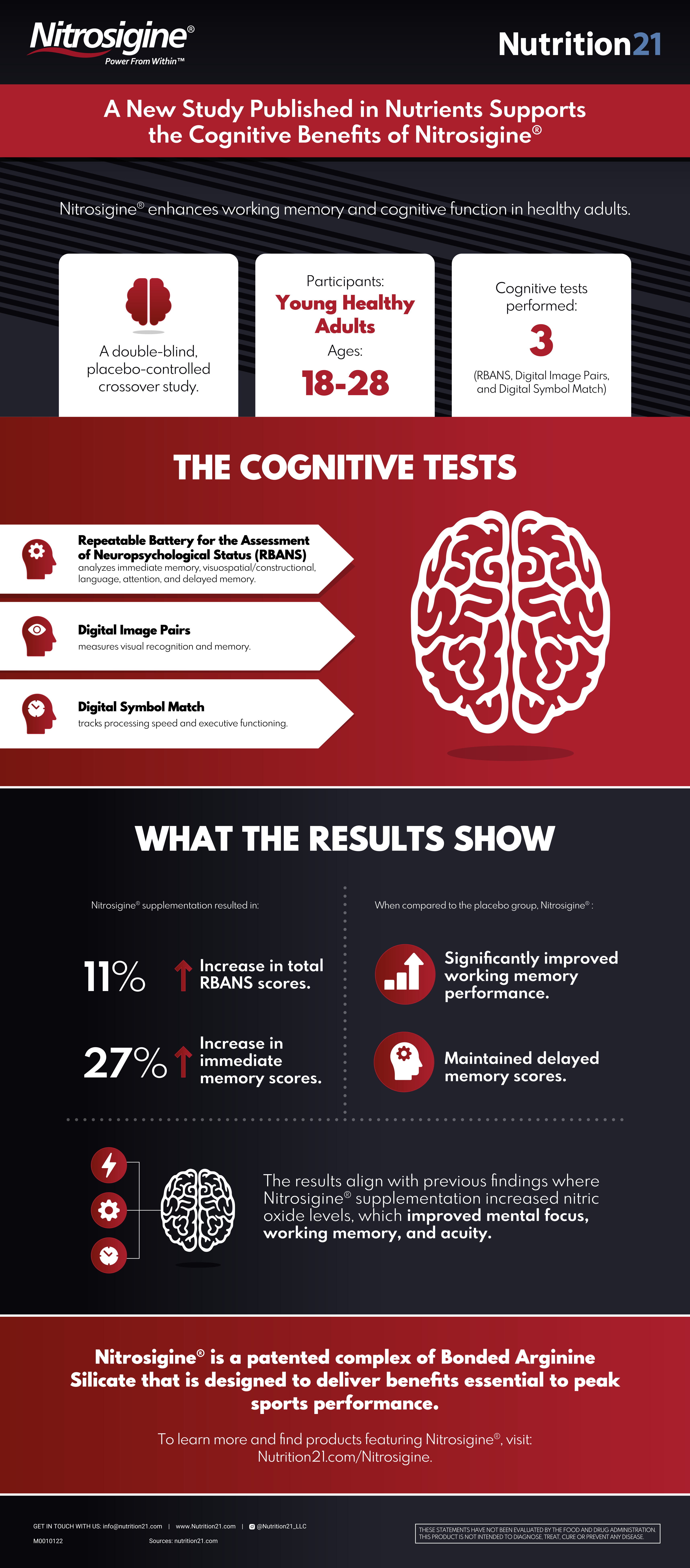
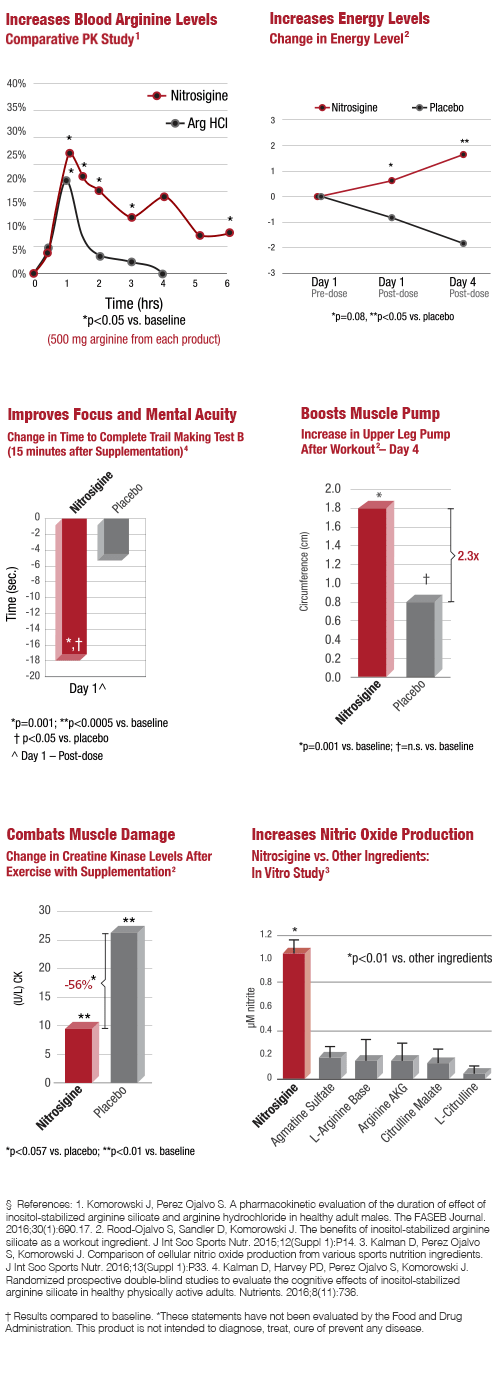
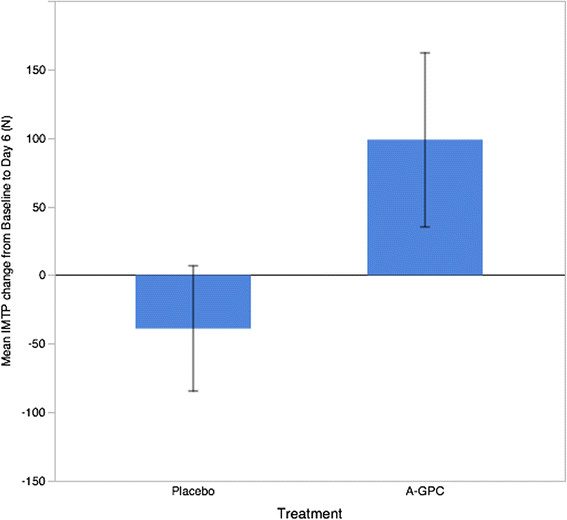
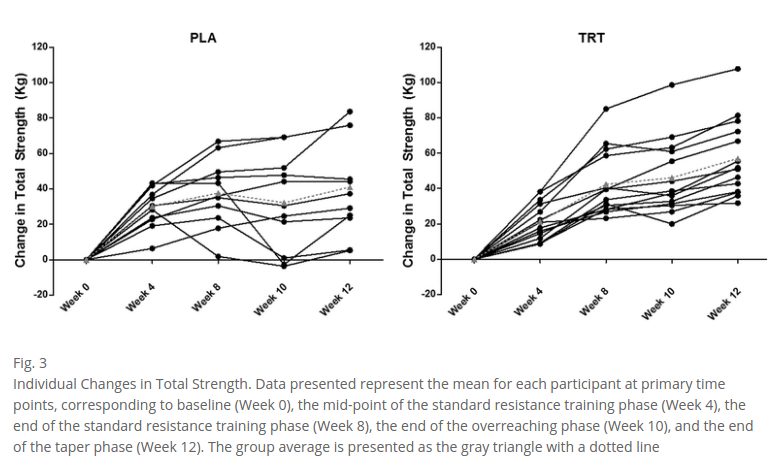
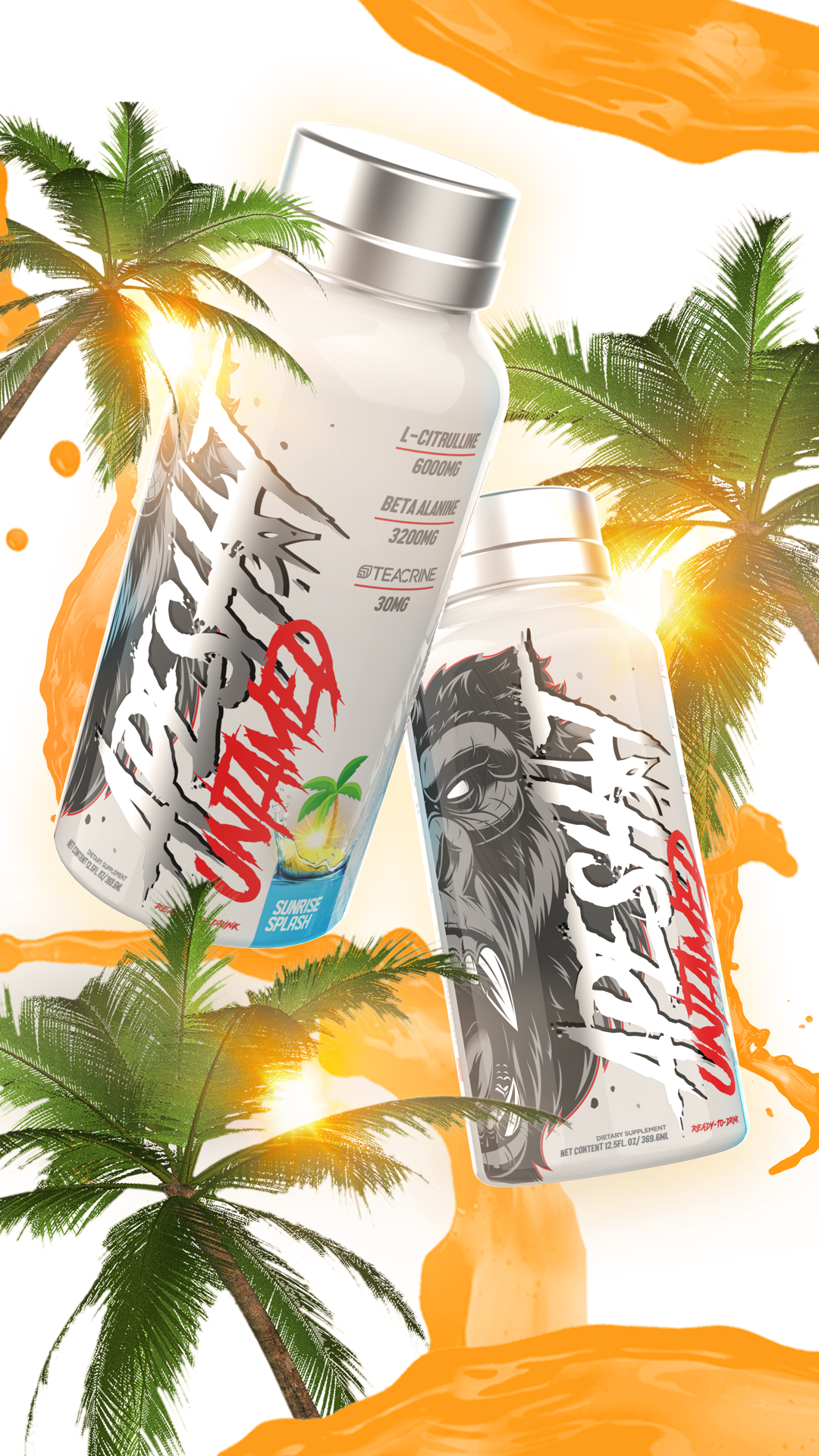


Comments and Discussion (Powered by the PricePlow Forum)